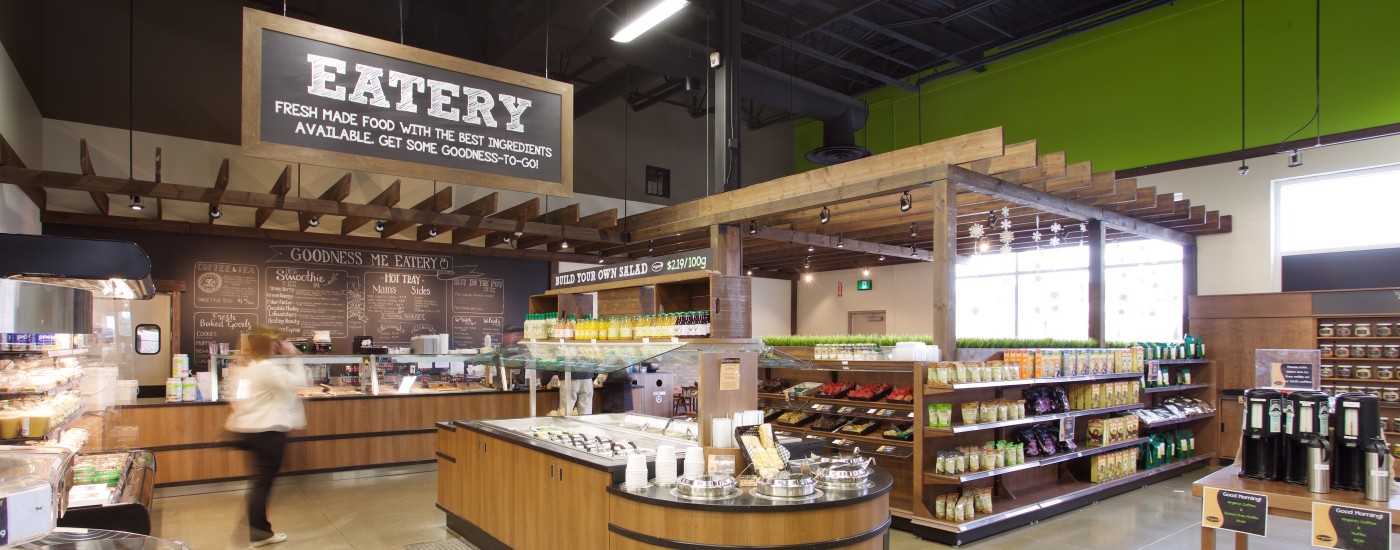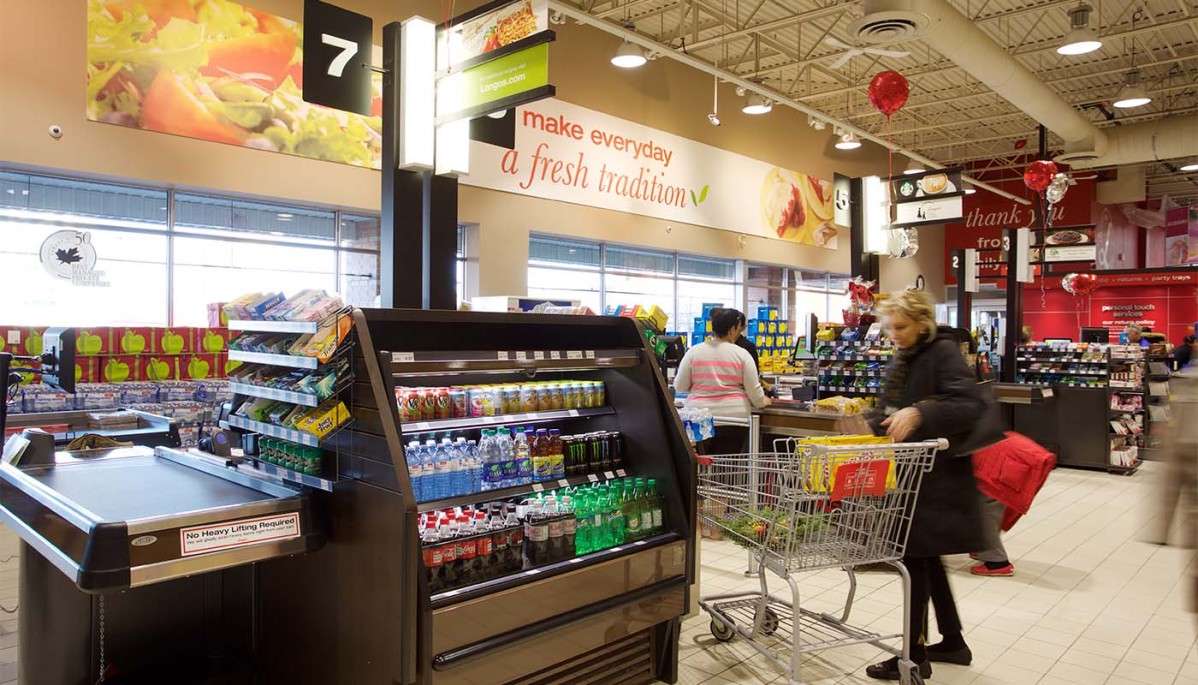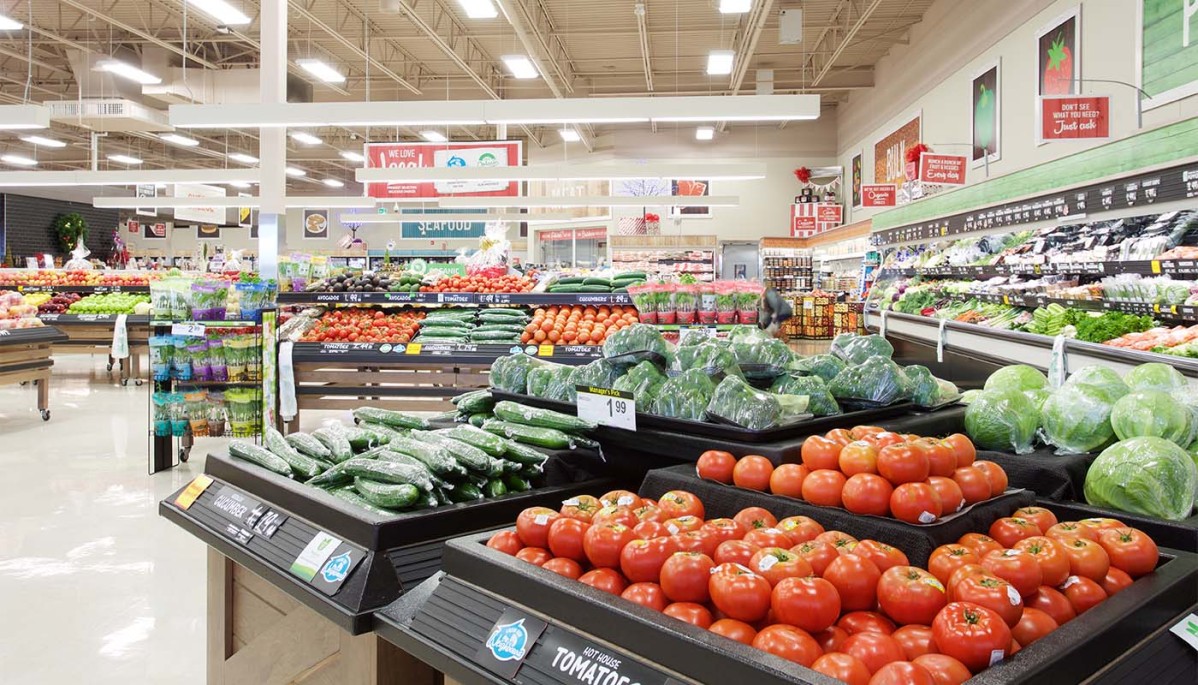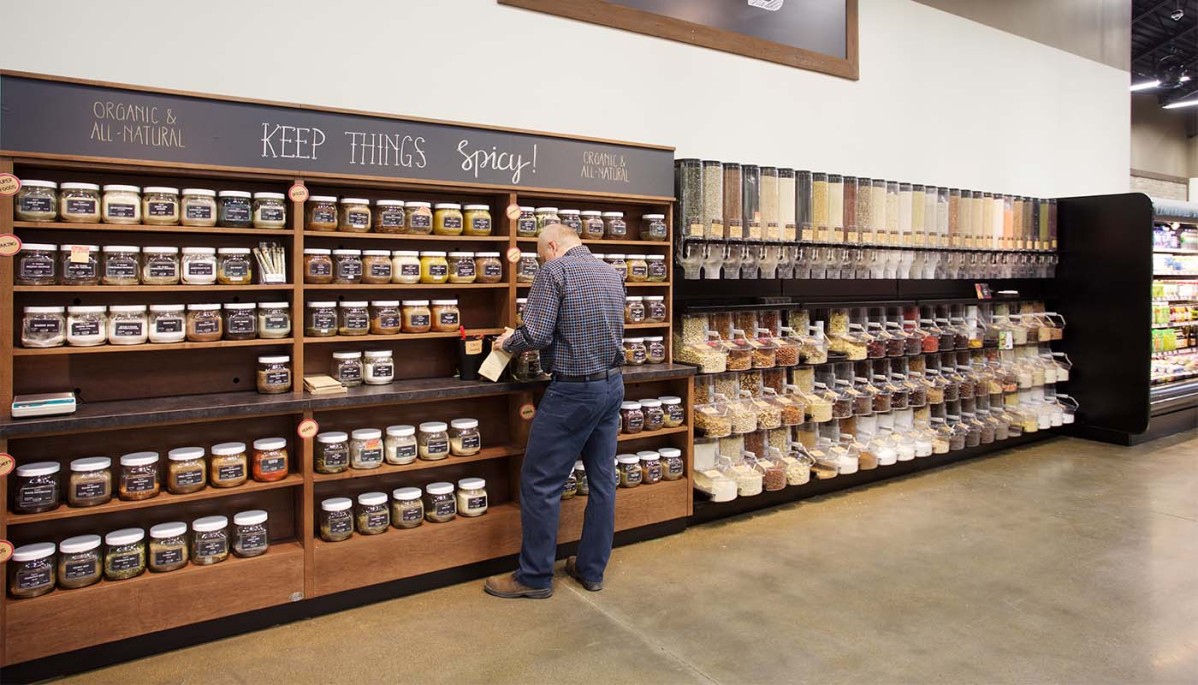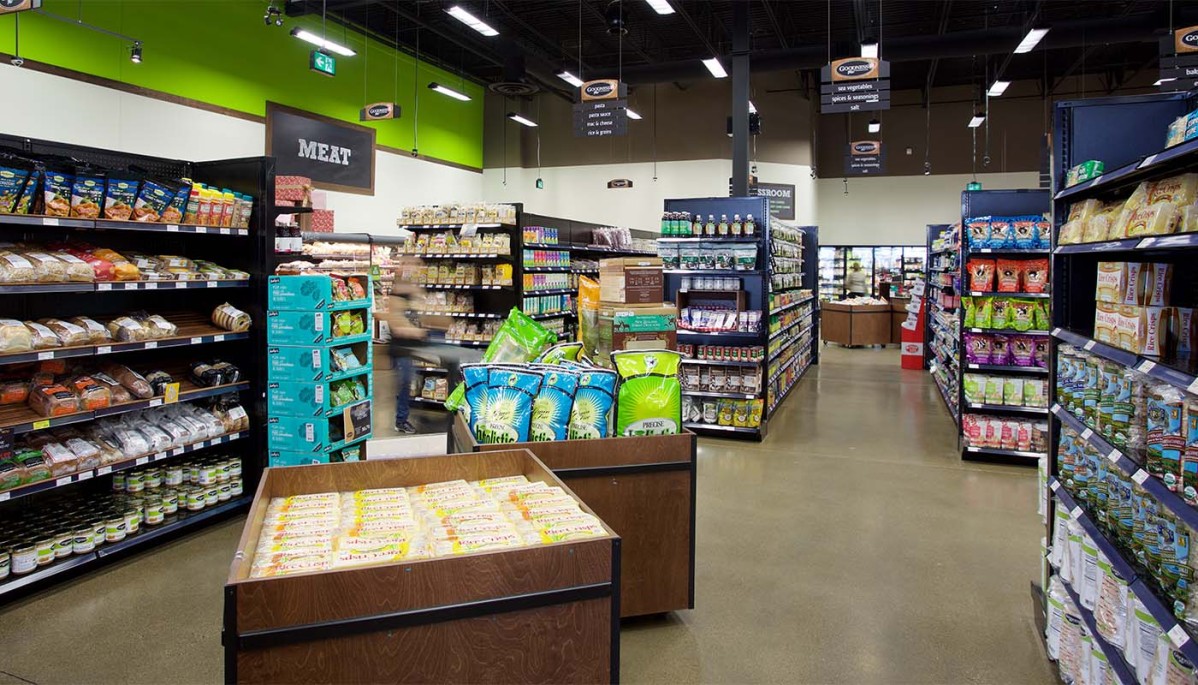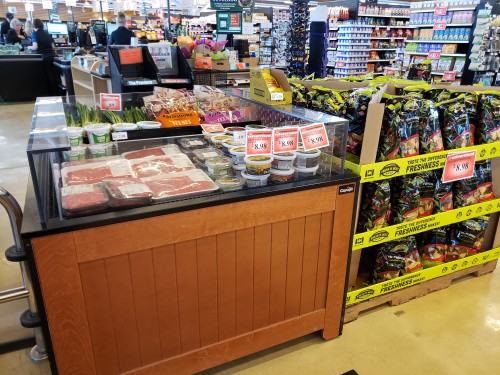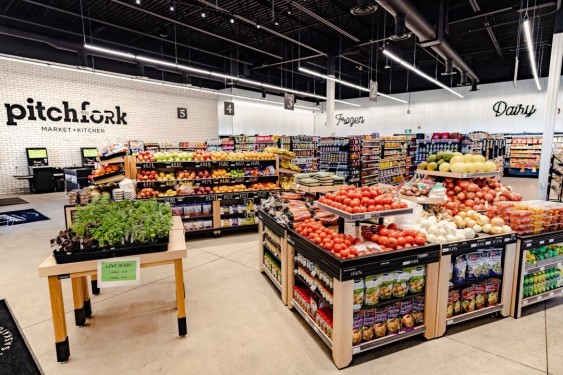Back when I worked for a Japanese auto parts manufacturer I learned a lot about “lean thinking,” a philosophy that focuses on eliminating waste while increasing value — doing more with fewer resources but still giving your customers what they want.
Although lean thinking has been practiced by companies like Toyota to eliminate waste and inefficiency, it can be applied to just about any industry or process — even supermarkets — but few people understand how “lean” actually works. And the reason most efforts to apply lean thinking fail is because management eliminates waste without adding value.
Most grocers operate on a business model that emphasizes high-volume and low margins, which makes the principles of lean thinking especially important.
By decreasing the costs associated with waste you insulate yourself from the effects of price increases, gaining an advantage over your competitors. And when you’re constantly seeking to eliminate waste and add value, you’ll be able to adapt quickly to changing consumer demands.
Here are seven ideas for applying the principles of lean thinking to food retail, some of which are already trending.
1. Spend your “human capital” wisely…
Checkout lines take up valuable real estate at the front of your store without adding value to your customer’s shopping experience — nothing is more annoying to a customer than waiting in line at the checkout when they’ve just dashed in to grab a few things for dinner (during the recent pandemic grocery lines often extended past the frozen food aisle!).
Self-checkouts are becoming increasingly popular and, like pumping your own gas, they’ll soon become more of the norm.
But the purpose of self-checkouts is not to get rid of people. That would eliminate waste without adding much value. Self-checkouts allow you to deploy your employees elsewhere — helping customers on the sales floor, demonstrating products, handing out samples and performing other value-added activities.
This added value (through better customer service) will help retain and attract more loyal customers to your store, giving you the edge over your competition.
2. Minimize the impact of defects and mistakes
Poor signage, incorrect pricing, food waste and equipment that is hard to clean can do more than cost you money — it can cost you customers.
- The best way to eliminate this type of waste (while adding benefits) is to:
- Make sure your signs are clean, clear and easy to read. Bonus points if you add some personality and flair!
- Invest in an automated pricing system so you don’t end up over-charging or under-charging customers because someone forgot to add/remove the sale price. This can be especially wasteful if your store has a “right price or it’s free” policy.
- Make sure to rotate your stock and have “ugly” produce sales to move items with small imperfections. You can also repurpose products to move them quickly, such as cutting up ripe fruit to make fruit salad. This adds tremendous value to busy customers!
- Make sure the display cases, bins and equipment you use are easy to clean and operate. The displays we sell are made of materials that are easy to wipe down, so your products always look clean and fresh.
3. Shorten your supply chain
If your products are being shipped from locations hundreds of miles from your store, you’re susceptible to supply chain issues, longer lead times (which can result in more spoilage), and the costs associated with excess storage and handling.
By taking a hard look at your logistics management you’ll be able to see how you can improve the processes you use to move and store your goods (like using automated warehousing or stocking, for example).
The best way to shorten the chain is to partner with local suppliers, who can deliver fresh products without the extra hassles and expenses.
4. Eliminate endless waiting
Americans spend a staggering 37 billion hours waiting in line every year… we wait for the chicken that’s on sale to arrive, we wait to be served, and we wait at the checkout.
While not all waiting can be helped, there are things you can do to decrease the time people spend waiting in your store.
- Self-service displays and grab-and-go bins.
- Self-service/automated checkouts.
- Managing the supply chain.
5. Manage your SKUs
There’s a fine line between having too many SKUs and not enough, but according to the principles of lean thinking, it’s best to have fewer SKUs — just make sure they’re for products your customers actually want.
There are a number of problems that arise from having too many SKUs:
- Too many choices create anxiety because people are afraid to make the wrong decision.
- Excess inventory limits cash flow.
- Stocking too many products can create a logistics nightmare.
- Greater chance of shrink and obsolescence
It’s in everyone’s best interest to remove non-value-adding SKUs. While it’s great to offer customers a variety of options, is it really necessary to stock six different brands of beans?
6. Manage your inventory
You might be tempted to overstock certain items to compensate for issues along the supply chain, but that only leads to waste from spoilage and loss from products past their expiration date.
By eliminating the waste caused by excess inventory you add value by always having fresh products available for sale.
- Have a good product rotation system in place — make sure all employees follow the principle of FIFO (first in, first out).
- Only offer products/services that customers want.
- Use local suppliers to reduce lead times.
- Use right-size displays and service cases (too big and your offerings will look sparse, too small and your product displays will look messy and unkempt. We can help get the size that’s just right for you!).
7. Replace annoying confusion with delightful surprises
It’s common for stores to completely change their layouts to entice shoppers to try new things, but this strategy can backfire if you make their experience too frustrating. Try delighting them instead!
- Have a display case with all the fixings for pizza in one spot. This will tempt shoppers to try something new (especially if you have someone passing out samples!).
- Make sure your display cases and bins are easy for customers (and staff) to access. Deep cases make it difficult and awkward to get what they need.
- Make use of a variety of display options (Fresh Go Bins, Market Tables and Nesting Tables, for example) to take advantage of cross-merchandising opportunities and offer customers access to seasonal and specialty products.
Lean is all about continuous improvement
It’s in everyone’s best interest to reduce waste and increase value whenever possible — food waste drives up costs, inflates prices and reduces customer loyalty.
Cayuga Displays has a variety of flexible options for the grocer looking to embrace lean thinking — so if you’re looking for ideas to help reduce waste and increase value, give us a call or book a consultation with our team.
